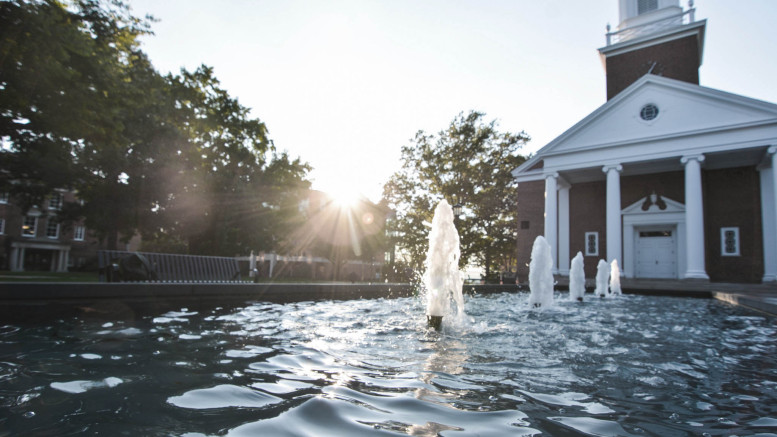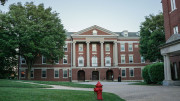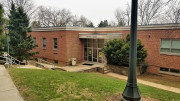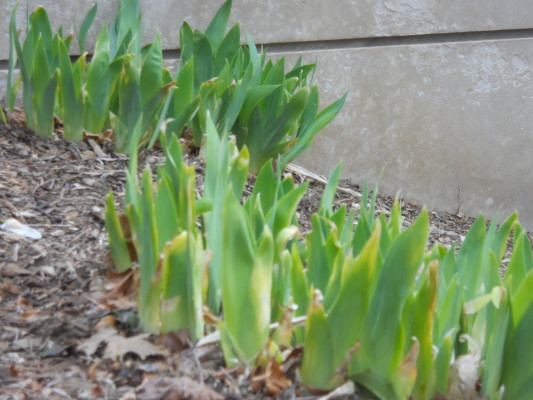The liberal arts college, and McDaniel, will face sweeping changes in the coming years.
McDaniel has done quite a bit of rebranding since I arrived three years ago. What I came to was a pretty standard liberal arts college, where I was told I could transform what I’ve learned here into a career later on. Increasing emphasis, at least from my standpoint, has now been placed on professional development rather than education quality.
This could perhaps be beneficial, but some of the changes seem more financially motivated than anything else. For example, I’ve seen small class sizes—a major reason I chose to come here—drift ever-closer to those that frustrated me in high school. Also, despite increasing globalization and longstanding importance of language study in the liberal arts, the world language requirement was decreased my sophomore year.
A large new class, painted as a positive shift, has seemed to only further increase class sizes and do little to cease cutbacks. Regardless of slightly slowing annual tuition increase rates, we still pay much more than students at the average private, nonprofit college in 1979, where students paid about $10,783 (adjusted to modern rates).
Larger classes and gradual abandonment of the conventional liberal arts curriculum, whether we like them or not, are largely inevitable. A return to McDaniel’s roots would involve curtailing many programs, services, and expensive renovation projects; something a school attempting to attract students wouldn’t dare do. And this can’t be escaped by going to a public institution, or even other liberal arts colleges.
The numbers are alarming. Clayford Christensen of Harvard Business School has projected that (paywall) of the U.S.’s about 4,000 higher education institutions, about half are in danger of closing in the next 15 years. Small, private, non-top-tier institutions like our own will have a continuously more difficult time competing with less personalized, more affordable public options, especially if measures like those in New York state are implemented in Maryland.
While McDaniel is not in as great of danger as the smallest colleges, those harboring a few hundred students, what it means to be a “liberal arts college” will continue to change heavily.
Online learning, something perhaps antithetical to the standard liberal arts college, has been growing. McDaniel, along with the Council of Independent Colleges, has experimented with online and hybrid courses, with questionable success. Graduate programs, not stressing as much close connection with faculty and a campus community, have transitioned far more.
Whatever the future brings, let us not forget the essence of the liberal arts: that knowledge is an indispensable tool. Regardless of what our institution is, or becomes, we need to challenge ourselves, our beliefs, and our understandings. At the very least, we can maintain self-worth where material worth fails us.





